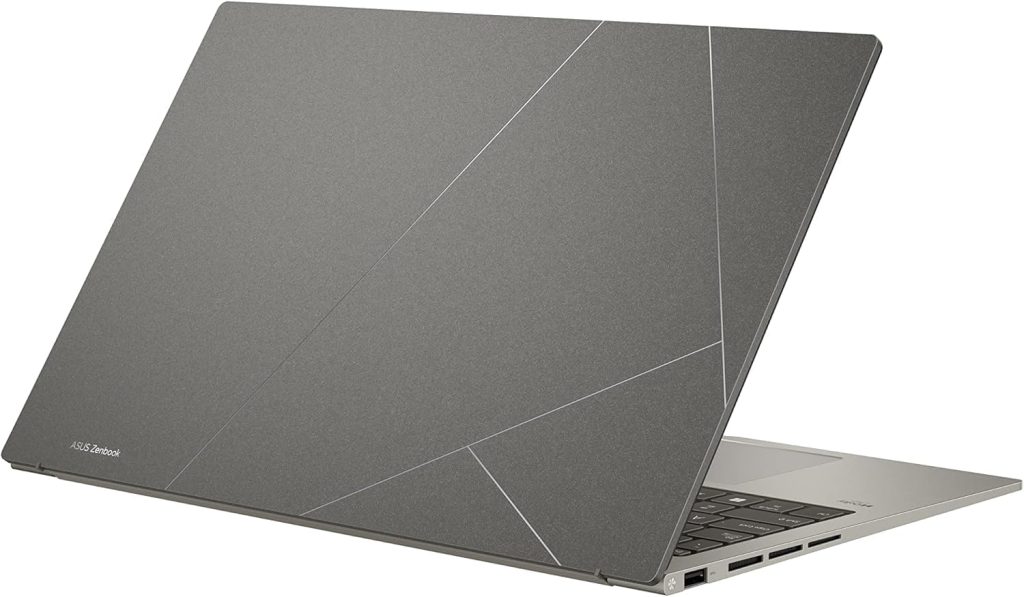The Evolution of Computers
Introduction
Computers have revolutionized the way we live, work, and communicate. From their humble beginnings as massive machines occupying entire rooms to the sleek, portable devices we carry in our pockets today, the evolution of computers has been nothing short of remarkable.
The Early Days
The journey of computers began in the mid-20th century. The ENIAC, developed in 1945, is often considered the first electronic general-purpose computer. It was massive, consuming vast amounts of electricity and requiring a team of engineers to operate. Despite its size, ENIAC laid the groundwork for future advancements.
The Rise of Personal Computers
The 1970s marked a significant turning point with the advent of personal (PCs). Companies like Apple and IBM made computers accessible to the general public. The Apple II, launched in 1977, became one of the first successful mass-produced PCs. This democratization of computing transformed not just businesses but also households, enabling individuals to harness technology for personal and professional use.
The Internet Revolution
The 1990s ushered in the Internet era, fundamentally changing how we interact with computers. The World Wide Web opened doors to vast information and connectivity. Email, online shopping, and social media began to shape our daily lives, making computers indispensable tools for communication and entertainment.
Modern Innovations
Today, are more powerful and versatile than ever. The integration of artificial intelligence, cloud computing, and mobile technology has redefined the boundaries s can do. Devices like smartphones and tablets have made computing accessible on the go, while advancements in AI are revolutionizing industries, from healthcare to finance.
Conclusion
As we look to the future, the potential of computers seems limitless. With ongoing advancements in technology, we can only imagine what innovations lie ahead. The evolution continues to shape our world, making life easier, more connected, and more efficient. Embracing these changes will be crucial as we navigate the digital landscape of tomorrow.


